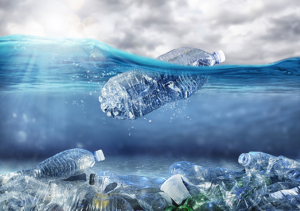
Environment and tourism: a combination in need of improvement.
June 5 was celebrated as World Environment Day, this year dedicated to the search for solutions against the pollution of plastic waste.
Tourism, in particular, produces large quantities and, for this reason, is at the heart of the UN Environment Programme. It is estimated that eight out of ten tourists visit coastal areas and contribute to adding waste to the eight million tons of plastic that end up in the oceans every year.
The link between tourism and plastics is very close and not optimal: disposable products are practical and useful to safeguard the standards of health, safety and hygiene of tourists, and are used in the courtesy kits of many hotels. Not to mention cruise ships spilling into microplastic-rich sea waters. Also, according to UN data, from 1980 to 2019 international tourist arrivals increased from 177 million to almost 1.5 billion per year and the sector is returning to the levels before the pandemic. That is why the United Nations Environment Programme and the World Travel & Tourism Council are committed to actions, policies and infrastructure to bring the sector into circulation. It is essential to act as quickly as possible, as 430 million tonnes of plastic are produced annually on Earth, two thirds of which quickly become waste. Plastic production has multiplied more than 22 times over the past 50 years. 99% of them are composed of polluting and non-renewable chemicals, which are never scattered and are ingested by fish and cattle, but also by humans through food and water.
#greeneconomy #sustainability #environmental sustainability #sustainable tourism #sustainable tourism #waste #plastic #plasticafree










